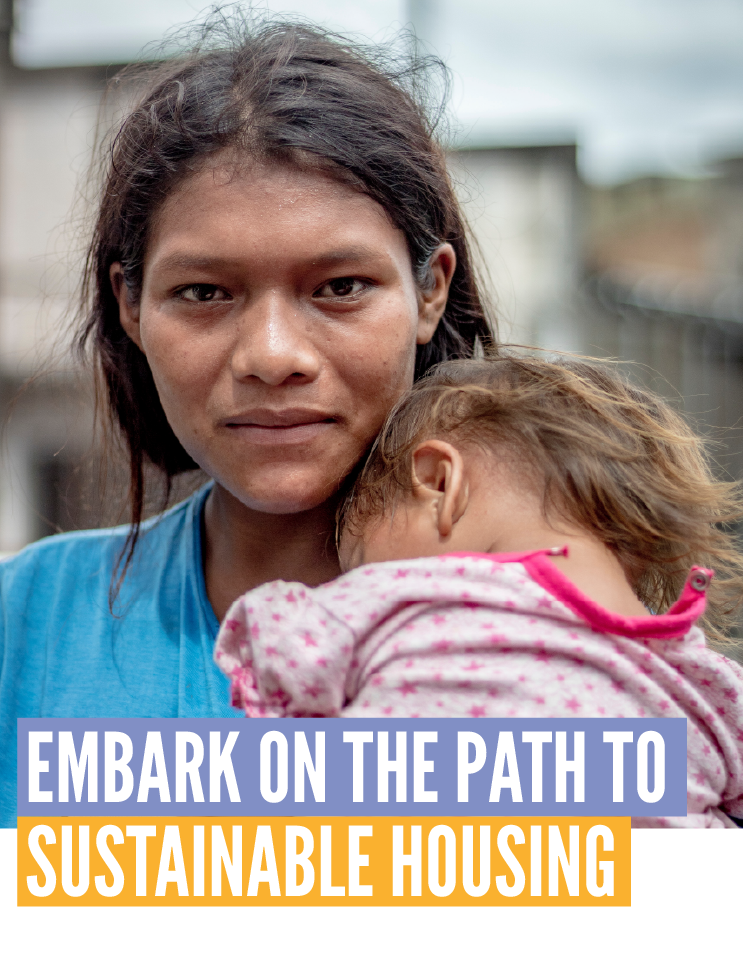United Way and Your Medical Plan Can Help You Attain and Sustain Permanent Housing Through Medi-Cal
United Way’s Housing Navigation program utilizes your Medi-Cal membership (through California Advancing and Innovating Medi-Cal or CalAIM) to assist families and individuals with housing instability, deposit assistance and sustainability services.
How does Housing Navigation Help You?
Housing Navigation allows individuals and families who are unhoused or at risk of being unhoused to follow a path to attainable and sustainable housing. There are three key areas of the program:
Eligibility
There are three points of eligibility that must be met to qualify for this program:
- Be a Medi-Cal* member with either
- Health Net,
- Molina Healthcare,
- or Anthem Blue Cross
- Be at risk of being homeless or currently homeless, as defined by HUD**
- Live in Sacramento County
Questions? Please email us at [email protected] as this allows us to more effectively track and follow through with these requests. If you would like, you may also call us at (916) 368-3001.
You may also submit the form below to see if you’re eligible and begin receiving help!






